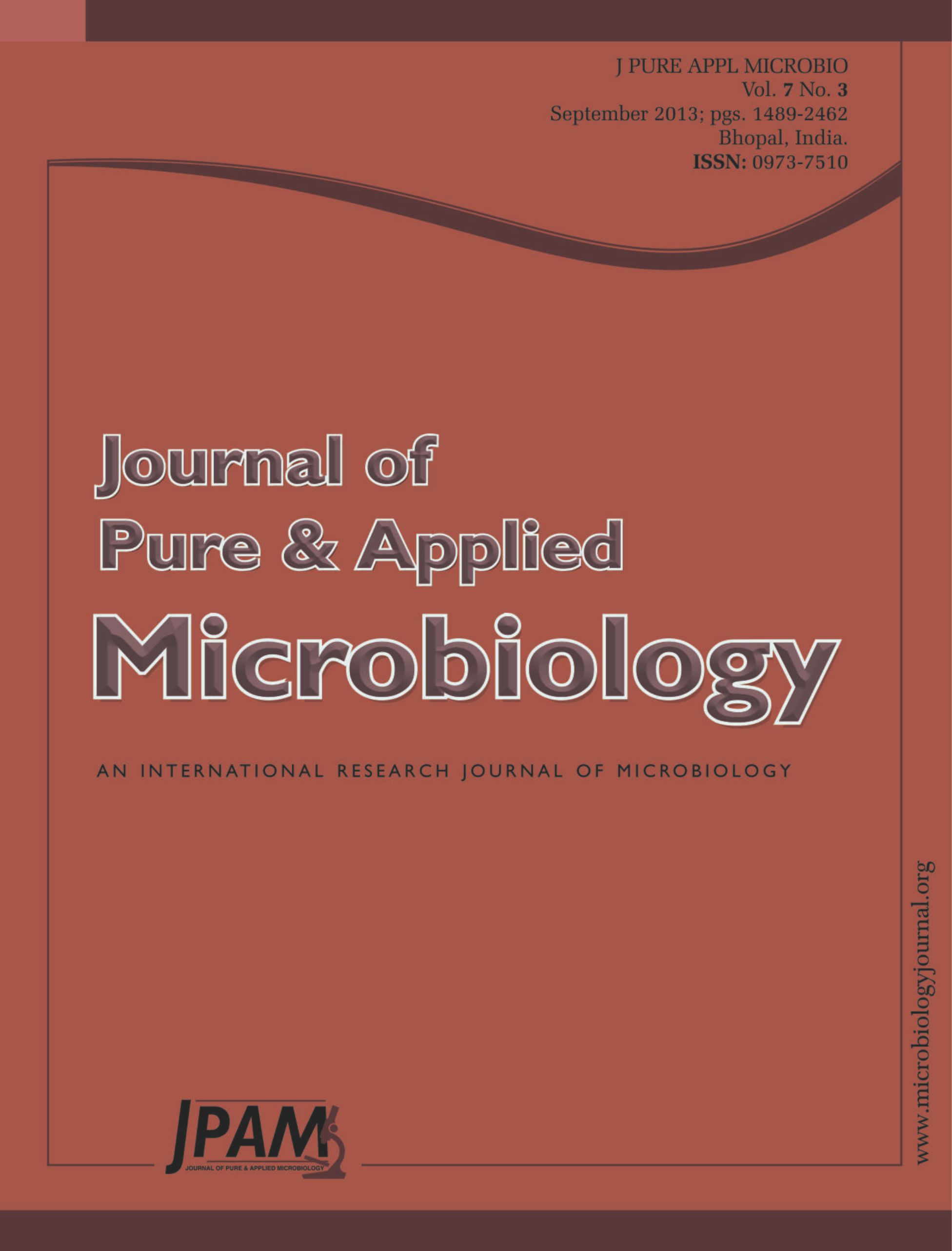Surgical site infections (SSIs) remain a significant problem following an operation and the third most frequently reported nosocomial infection. The current study was carried out on 4500 surgeries. SSI was detected in 950 patients, giving the infection rate of 23.75%. Staphylococcus aureus was the predominant organism 250/820 (30.49 %); of which 49/250 (19.6 %) were MRSA.This was followed by E.coli 170/820 (20.73 %),CONS 115/820 (14.02 %) and Pseudomonas aeruginosa 111/820 (13.53 %). Among the E.coli and Klebsiella pneumoniae 112/170 (65.88 %) and 66/82 (80.49 %) isolates were ESBL producer respectively, giving an overall 70.64 % of ESBL producer. Most of the organisms were multi drug resistant. The high rate of resistance to many antibiotics underscored the need for a policy that could promote a more rationale use of antibiotics. Preoperative hair removal, smoking, order of operation, people in operation theatre, type of anaesthesia, pre-existing illness and preoperative skin preparation significantly predicted SSI. Rationale use of antibiotics and prevention strategies focusing on factors associated with SSI is necessary in order to reduce SSI rate in our setting.
Surgical site infection (SSI), Antibiotic resistance pattern, Predictors, MRSA, ESBL
© The Author(s) 2014. Open Access. This article is distributed under the terms of the Creative Commons Attribution 4.0 International License which permits unrestricted use, sharing, distribution, and reproduction in any medium, provided you give appropriate credit to the original author(s) and the source, provide a link to the Creative Commons license, and indicate if changes were made.


